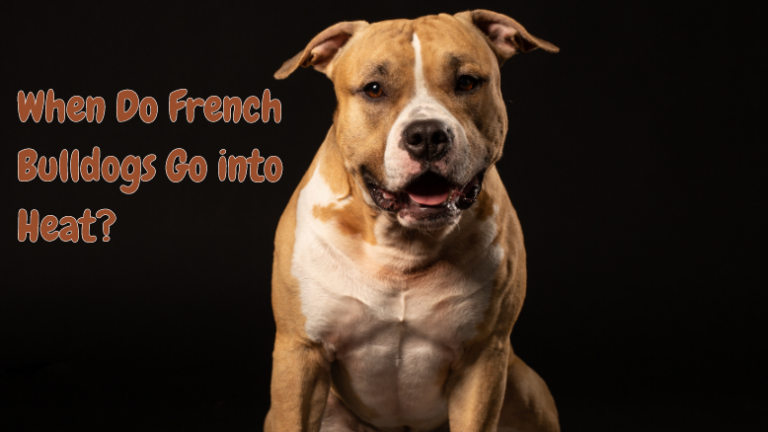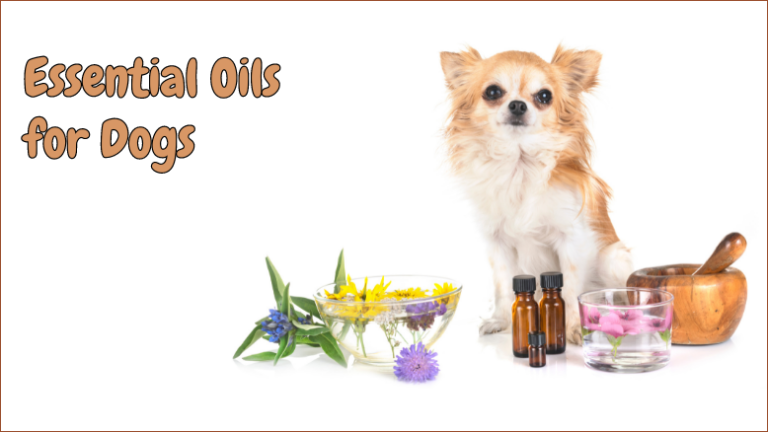
Introduction
As winter arrives, it brings both beauty and challenges for our pets. What Care Should You Provide for Your Pet in Winter? The cold weather, shorter days, and potential hazards require a thoughtful approach to ensure their well-being. Winter care goes beyond warmth—it’s about protecting health, adjusting routines, and creating a safe environment for pets indoors and outdoors. By following some key guidelines, your pet can stay comfortable, healthy, and safe throughout the colder months.
How to Keep Pets Warm During Winter Walks
Winter walks can be enjoyable but challenging. Small or short-coated breeds may struggle with the cold. Invest in well-fitting outerwear to help maintain body heat, especially for smaller dogs. Thermal layers work best for warmth without restricting movement.
Booties are also essential to protect paws from freezing and road salt. Paw balm can provide a protective layer if your pet finds booties uncomfortable. Limit walk durations and opt for shorter, more frequent outings to avoid prolonged exposure to the cold. Always monitor your pet’s comfort—shivering or slowing down is a sign it’s time to head indoors.
Indoor Activities for Pets
When outdoor play isn’t an option, indoor activities keep pets engaged. Create obstacle courses using furniture and cushions to encourage physical exercise. Interactive toys and puzzle games also stimulate your pet mentally.
Training sessions are excellent for mental and physical engagement. Reinforcing basic commands or teaching new tricks strengthens the bond and tires your pet out. A balance of physical and mental stimulation is crucial during the winter months.
Winter Safety Tips for Outdoor Pets
Outdoor pets need specific care in winter. Ensure they have insulated, waterproof shelters to protect them from the cold. Straw or hay is ideal for bedding as it retains warmth better than blankets. Make sure they have access to unfrozen water, which can be achieved with heated water bowls.
Monitor exposure to cold conditions and limit their time outside when temperatures drop. Provide extra food to help them maintain energy and warmth, and always offer a warm, sheltered space when needed.
Caring for Your Pet’s Paws During Winter
Winter conditions can harm your pet’s paws. After walks, clean their paws to remove salt and chemicals that can cause irritation. Use warm water and a soft cloth to wipe their paws, paying attention to the areas between their toes.
Regularly inspect paws for cracks, cuts, or abrasions. Apply pet-safe balms to soothe dry skin. Trimming fur between the pads can prevent ice balls from forming, reducing the risk of frostbite.
Best Winter Diet for Dogs and Cats
Proper nutrition supports your pet’s winter health. Cold weather increases their energy needs, especially for outdoor pets. Focus on high-quality protein to maintain strength and coat health. Omega-3 fatty acids can improve coat condition and help combat dry indoor air.
Keep water available at all times, as dehydration can still occur in cold weather. Adjust portions to match your pet’s activity level, avoiding overfeeding, which could lead to unnecessary weight gain.
Creating a Warm and Safe Environment at Home
Your home should offer warmth and comfort during winter. Provide a cozy, draft-free sleeping area, with blankets or a heated mat for extra comfort. A humidifier can combat dry air and prevent skin irritation.
Be cautious with space heaters and fireplaces. Always supervise your pet around these heat sources to avoid accidents, ensuring they are safe when unsupervised.
Hidden Hazards of Winter for Pets
Winter introduces hidden dangers like antifreeze, which is toxic to pets. Store it securely and clean up spills immediately. Holiday plants such as poinsettias and mistletoe are also toxic—keep them out of reach.
Frozen bodies of water are another risk. Thin ice can break under a pet’s weight, so avoid letting your pet near frozen lakes or ponds unless the ice is thick enough to support them.
Conclusion
Winter demands extra attention for your pet’s care. By adjusting their routine, environment, and diet, you can ensure they remain safe and comfortable. Embrace the season with warmth, safety, and love, and enjoy the winter months with your furry friend.






